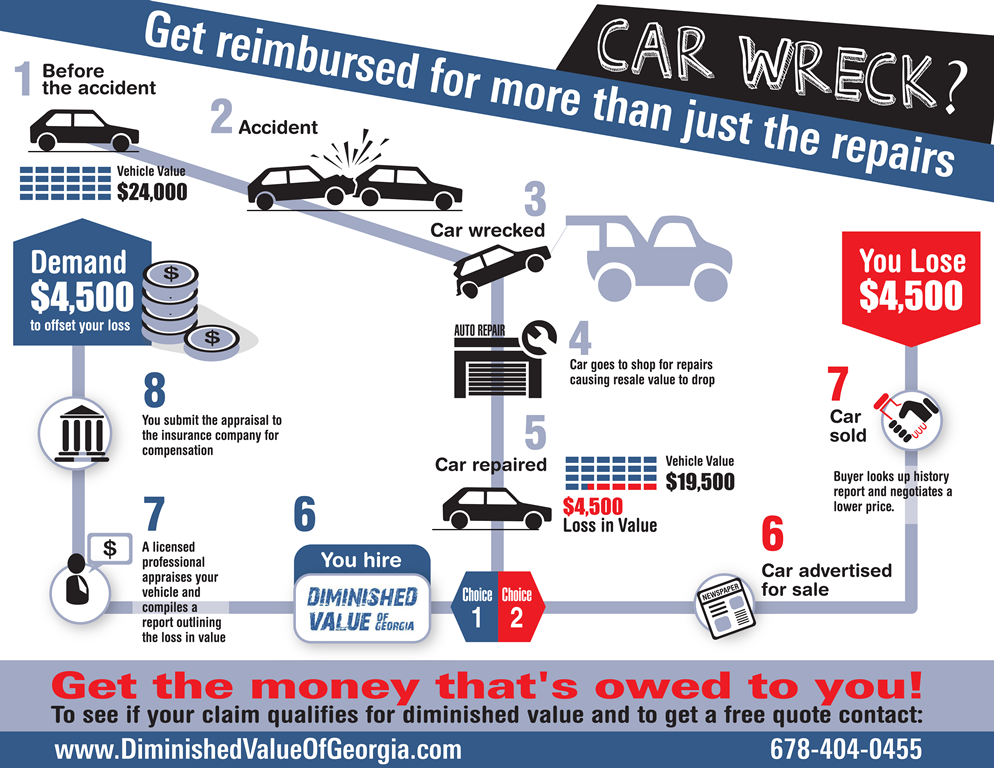Seeking Clearness On The Caution Lights Presented On Your Auto'S Dashboard? Figure Out Exactly How They Relate To Your Vehicle'S Health And Wellness
Seeking Clearness On The Caution Lights Presented On Your Auto'S Dashboard? Figure Out Exactly How They Relate To Your Vehicle'S Health And Wellness
Blog Article
Personnel Writer-Sykes Forbes
When you lag the wheel, those glowing warning lights on your dashboard can be a little bit difficult. Do you know what they're attempting to inform you about your vehicle's wellness? Comprehending the value of these lights is vital for your security and the longevity of your car. So, the following time one of those lights pops up, wouldn't you want to decode its message accurately and take the needed actions to address it?
Common Warning Lights and Interpretations
Recognize typical caution lights in your cars and truck and understand their meanings to ensure secure driving.
The most typical warning lights consist of the check engine light, which indicates issues with the engine or discharges system. If this light begins, it's critical to have your vehicle inspected immediately.
The oil stress alerting light suggests low oil stress, calling for prompt focus to stop engine damages.
A flashing battery light might recommend a defective billing system, possibly leaving you stranded if not resolved.
https://cmmonline.com/articles/fleet-vehicle-maintenance-tips tracking system (TPMS) light informs you to low tire stress, impacting vehicle security and gas effectiveness. Overlooking this could cause dangerous driving problems.
The abdominal muscle light suggests a trouble with the anti-lock braking system, endangering your capability to stop promptly in emergency situations.
Last but not least, the coolant temperature level cautioning light warns of engine getting too hot, which can lead to extreme damage if not settled swiftly.
Comprehending these usual caution lights will help you address problems quickly and preserve safe driving conditions.
Significance of Prompt Interest
Understanding the common warning lights in your automobile is only the very first step; the relevance of quickly addressing these cautions can't be stressed sufficient to guarantee your safety on the road.
When a warning light illuminates on your control panel, it's your cars and truck's way of connecting a possible problem that requires attention. Neglecting these cautions can result in a lot more serious problems down the road, jeopardizing your safety and potentially costing you more out of commission.
Prompt focus to alerting lights can prevent failures and accidents. For instance, a blinking check engine light can suggest a misfire that, if left ignored, might create damage to the catalytic converter. Addressing this without delay can conserve you from a costly repair.
In a similar way, a brake system advising light may signify reduced brake liquid or used brake pads, vital elements for your safety when driving.
Do It Yourself Troubleshooting Tips
If you observe a caution light on your control panel, there are a few DIY troubleshooting pointers you can try prior to looking for specialist help.
The initial step is to consult your automobile's manual to comprehend what the certain warning light indicates. Sometimes https://zanewqkey.dailyblogzz.com/31734163/the-role-of-vehicle-outlining-in-enhancing-resale-worth-evidence-from-research-study can be as straightforward as a loosened gas cap triggering the check engine light. Tightening up the gas cap may fix the trouble.
One more usual concern is a low battery, which can cause numerous alerting lights. Checking the battery connections for rust and guaranteeing they're safe may take care of the issue.
If a caution light persists, you can attempt resetting it by detaching the cars and truck's battery for a couple of minutes and afterwards reconnecting it. Additionally, inspecting your vehicle's liquid levels, such as oil, coolant, and brake fluid, can help fix cautioning lights associated with these systems.
Final thought
In conclusion, understanding your cars and truck's warning lights is important for maintaining your automobile running smoothly and safely. By immediately resolving these informs and knowing what they imply, you can avoid pricey repairs and prospective breakdowns.
ai auto detailing in mind to consult your cars and truck's manual for certain information on each alerting light and take action appropriately to make certain a trouble-free driving experience.
Keep educated, remain secure when driving!
